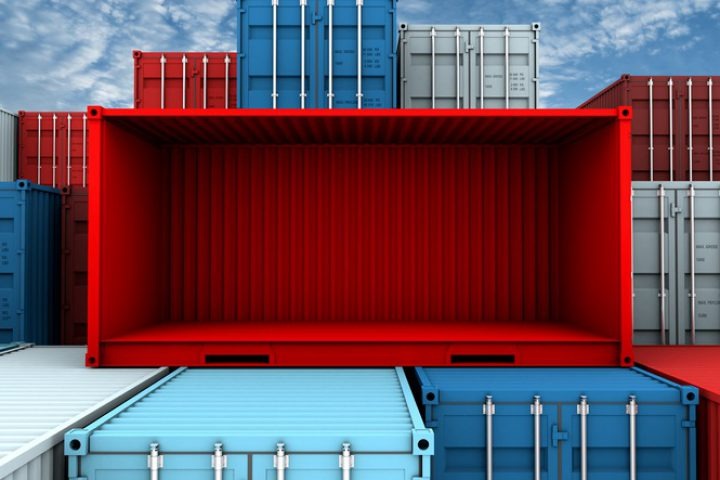
Trade in empty containers continues to weigh on ports in Q1
The booming demand for empties shows little sign of slowing demand after the Port of Rotterdam reported that the combined weight of its Q1 TEU volume dropped by 0.7%, even though its overall container trade rose by 4.5%.
However, this is unlikely to lead to more investment in specific port equipment, with most hubs being able to manage the market imbalance with their present infrastructure.
Demand for empty containers has increased substantially in recent months, driven by an acceleration of Asia’s exports and the ongoing e-commerce boom.
Speaking to PTI, Eleanor Hadland, Senior Analyst – Ports and Terminals, Drewry Shipping Consultants, said ports and terminals will continue to cope with the present market situation.
“From a port terminal perspective, I do not see the current imbalance pushing investment in specialised Empty Container Handlers as there will be ample yard equipment to handle these containers via the standard stacks,” Hadland said.
“Most container terminals will allocate each carrier a limit on the number of empty containers that they can hold within the stacks, and when yard congestion increases these limits can be cut further and/or the cut-off time for receiving export cargo and export empties into the yard will be support yard operations.”
Ports across the world have seen volumes fluctuate in the past 12 months as the COVID-19 pandemic has affected all areas of the supply chain. The obstruction of the Suez Canal in March 2021 added to this and raised fears of a new congestion crisis.
On the other hand, carriers have seen earnings increase substantially, due to a combination of booming demand and diversified logistics strategies.
A recent report from Drewry predicted that the trend of increasing carrier profits could continue for another two years.
Hadland said the problem of handling an excess number of empty containers is likely to be outside the main port terminal operations, and that off-dock yards, empty depots and inland terminals will feel the brunt of slow-moving containers.
Such is the demand for empty containers that some smaller ports, such as Portsmouth, have been able to opportunistically attract one-off vessels deployed by carriers to collect empty containers for transfer to transshipment hubs.
In a statement, the Port of Rotterdam Authority said throughput overall grew by 3%, with TEU, coal, mineral oil products and biomass seeing the largest increases.
Allard Castelein, CEO of the Port of Rotterdam Authority, said, ‘Generally speaking, the increased throughput volume in the first quarter paints a positive picture.
“Nevertheless, these remain turbulent times for companies working in trade and logistics.
“At this point, the main challenge we are set before is handling the aftermath of the Suez blockage in terms of logistics.
“The Port of Rotterdam Authority is doing its utmost to support its clients – among other things by offering real-time surveys of ETAs at all the port’s deep sea terminals.’
https://www.porttechnology.org/news/trade-in-empty-containers-continues-to-weigh-on-ports-in-q1/

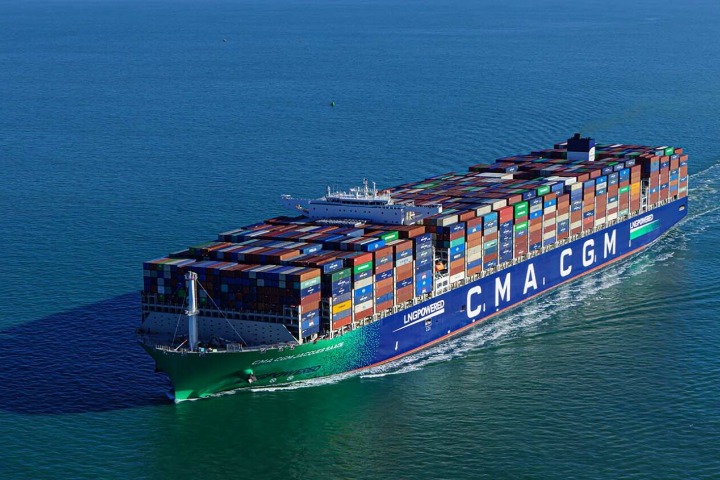
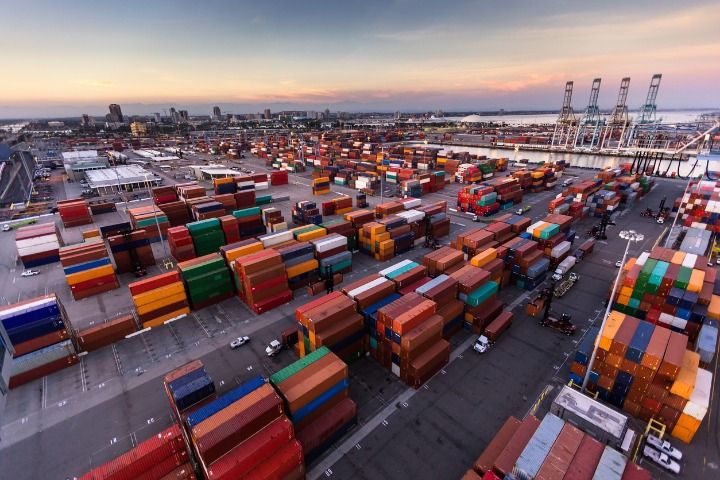
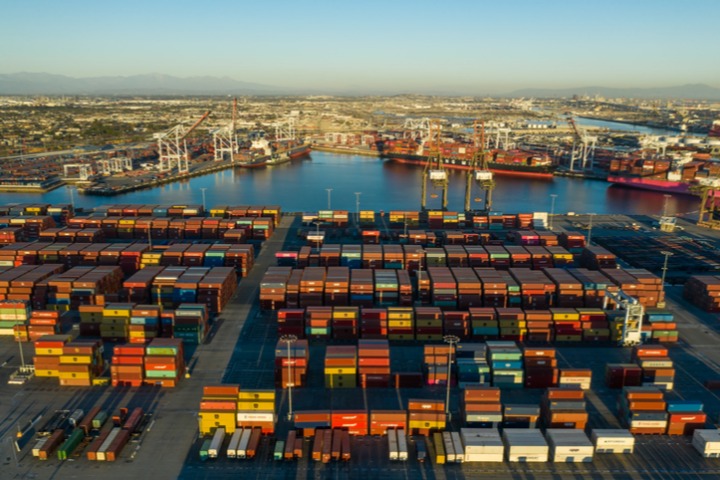
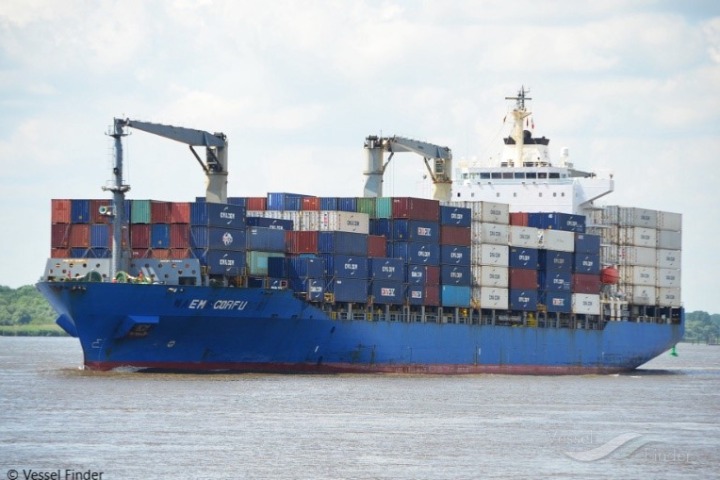

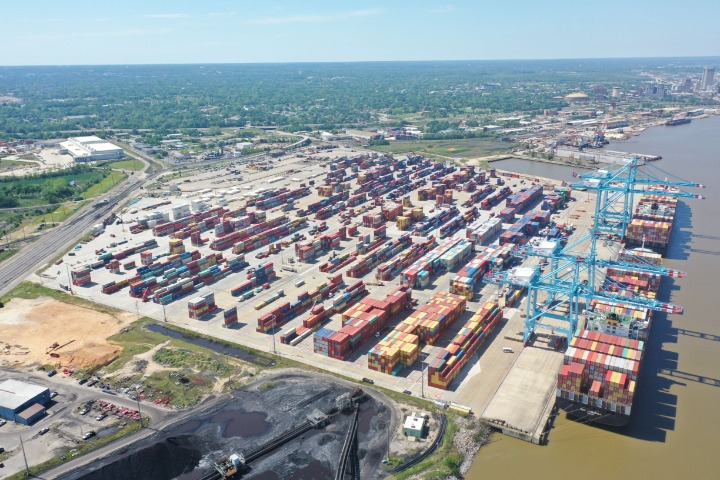
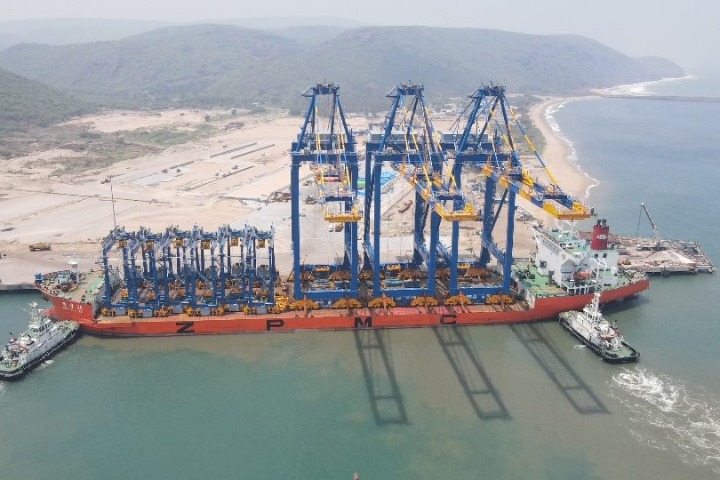
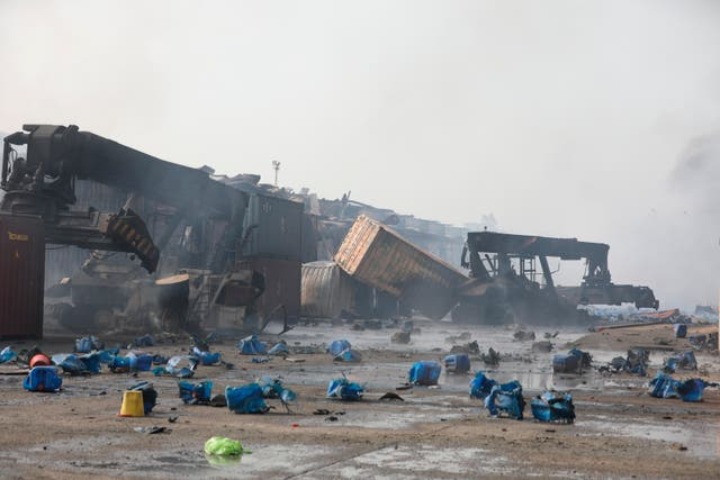
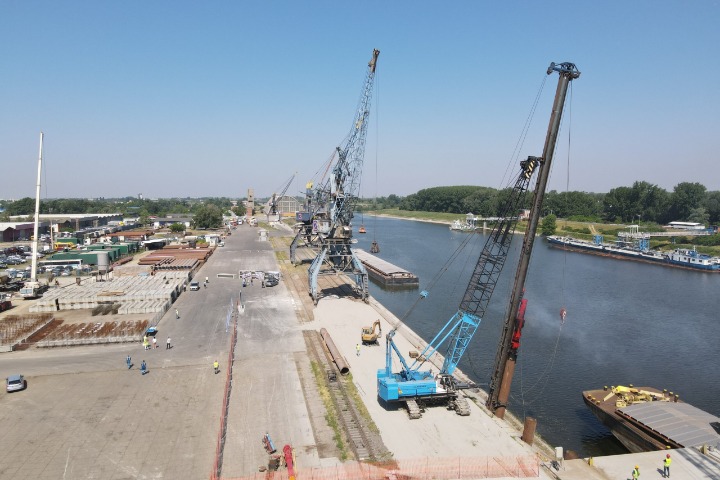
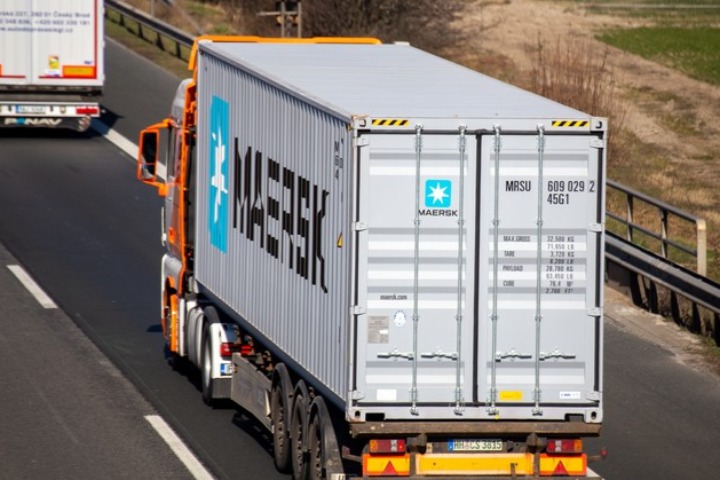













Comments